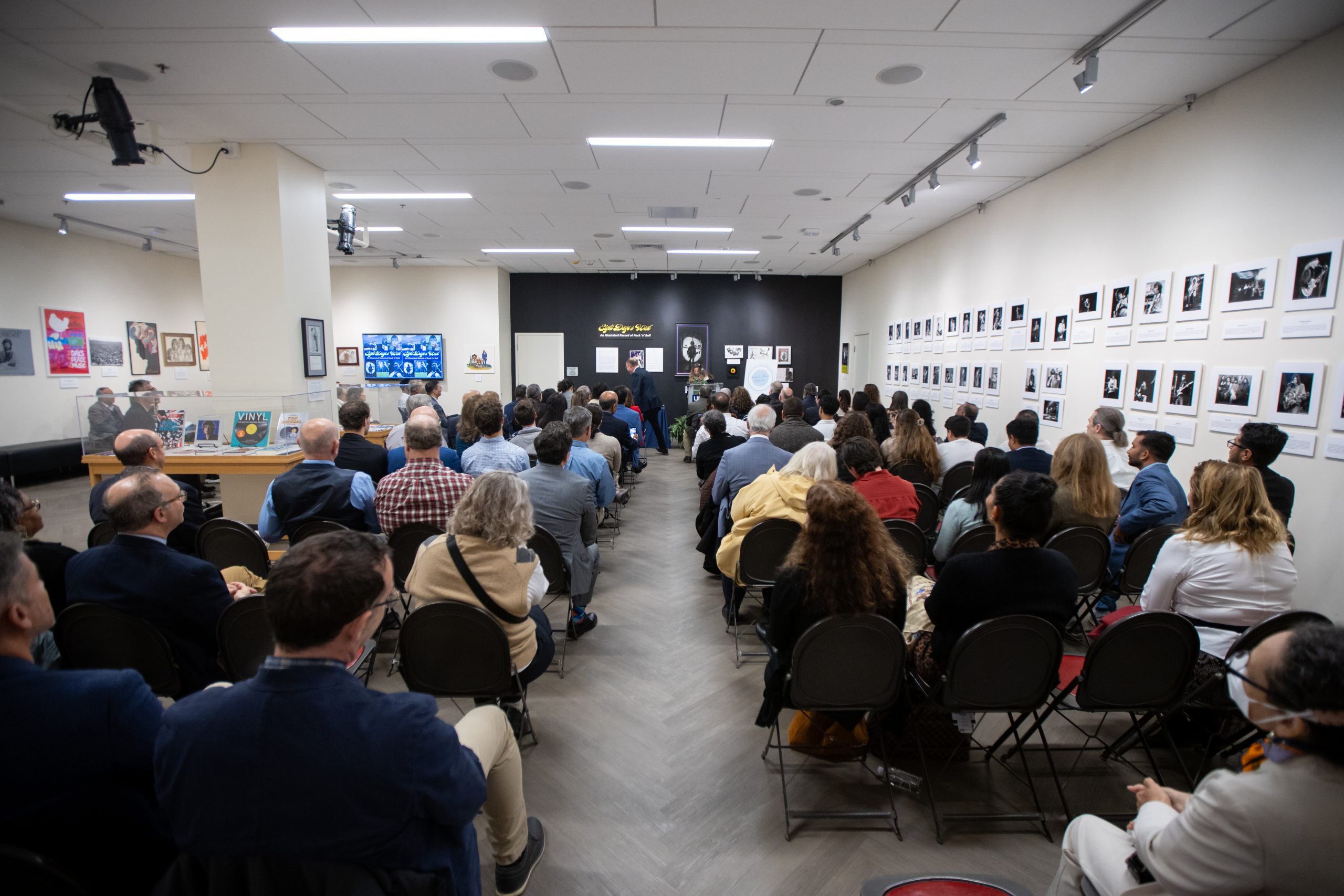It was a perfect union when the Department of Homeland Security (DHS) designated the UConn School of Engineering a National Transportation Security Center of Excellence (NTSCOE). Civil & Environmental Engineering (CEE) faculty members Maria Chrysochoou, Dipanjan Basu, and Amvrossios Bagtzoglou had already begun to lay the foundation for research high on the priority list for DHS. The professors make up UConn’s geotechnical team with specialties in foundation materials, chemical soil stabilization and soil modeling. Meanwhile, DHS was interested in understanding and modeling soil responses to dynamic processes, levee systems, and explosions.
The researchers took a two-pronged approach to the DHS challenge. Dr. Chrysochoou is looking at the mechanical responses different soil types have to heavy loads or intermittent use (think of a high speed rail – sporadic bursts of speed and stops) and how to improve that response by substituting waste materials for expensive cement. This portion of the study also focuses on ways to use the newly constructed durable soil to build levee systems capable of sustaining natural attacks, such as those endured in hurricane Katrina. The second research prong, led by Dr. Basu, aims at developing a research framework that can accurately predict the response of soil and geo-structures (e.g., building and bridge foundations, tunnels, or embankments) to a variety of loads, such as, high speed rail, blasts, or missile penetration. The current focus is on developing models that capture soil responses to blasts and aim to predict how the soil will react in an explosion.
The general objective of the geotechnical team’s research is to understand soils as foundation materials. “When you build any structure, say a bridge or levee, it rests on soil. Therefore, understanding how much load the soil can take, and how it responds to the load that has been placed on it, is the general objective,” Dr. Chrysochoou says. She notes that the project with DHS involves greater complexity, “If the natural soil lacks proper characteristics needed, then you have to do something to make it better. In general, that is what we call ground improvement,” Dr. Chrysochoou explains. To achieve these goals, one of the common industry practices is to add cement to the soil as a chemical additive to stabilize it. The problem with this method is its high cost. “What the project is looking at is substituting waste products for cement to do the same job,” Dr. Chrysochoou explains. Examples include the waste produced from coal or steel manufacturing, “This process has been established in roadway construction, but we have no good understanding of the dynamic properties of stabilized soil,” she said. In the course of the project, Dr. Chrysochoou and her team will look at how the chemically stabilized waste-soil will respond to a high speed rail. A companion question is whether this waste-stabilized soil can be used to build levee systems. Due to the widespread failure of flood protection systems during hurricane Katrina, large amounts of materials are needed to facilitate repair. The final step involves the selection of locally-available industrial byproducts in lieu of commercial products to repair the levees.
 Meanwhile, Dr. Basu and his team are developing soil constitutive models as a predictive tool. Soil is a heterogeneous system, the researchers explain, and the individual components in soil – air, water and soil particles – display different properties under different loading conditions, making the overall soil response very difficult to predict. Because of this, a model that can predict soil response to a variety of loading using the most general principles of physics is extremely valuable to the future of site evaluations. Dr. Basu is interested particularly in modeling blasts, an area of deep concern for the DHS. Among the questions Dr. Basu is trying to answer are, if there is an explosion: “What would the damage be?” “How big a crater would be created?” And “How far down the road will structures be affected?” Specialized experiments are currently underway on military bases to test the accuracy of Dr. Basu’s models in predicting those outcomes.
Meanwhile, Dr. Basu and his team are developing soil constitutive models as a predictive tool. Soil is a heterogeneous system, the researchers explain, and the individual components in soil – air, water and soil particles – display different properties under different loading conditions, making the overall soil response very difficult to predict. Because of this, a model that can predict soil response to a variety of loading using the most general principles of physics is extremely valuable to the future of site evaluations. Dr. Basu is interested particularly in modeling blasts, an area of deep concern for the DHS. Among the questions Dr. Basu is trying to answer are, if there is an explosion: “What would the damage be?” “How big a crater would be created?” And “How far down the road will structures be affected?” Specialized experiments are currently underway on military bases to test the accuracy of Dr. Basu’s models in predicting those outcomes.
At this stage, both research projects are off to great starts. First, Dr. Chrysochoou and her team have obtained pure soil and started testing a few waste chemicals in comparison to cement to see how they compete against the industry standard. In addition, suites of tests have been completed to understand the properties of the pure soil, such as, how it responds to static loads as a function of water presence, and what the change in chemical composition is with time. The next steps are to look at its dynamic and hydraulic properties.
To date, Dr. Basu and his team have developed a constitutive model that predicts fast and intense loading events.The model can predict both static and dynamic loads for sandy and clayey soils. There are many complexities involved, as already mentioned, and improvements are on the way to make the model the most general predictive model available to date.



